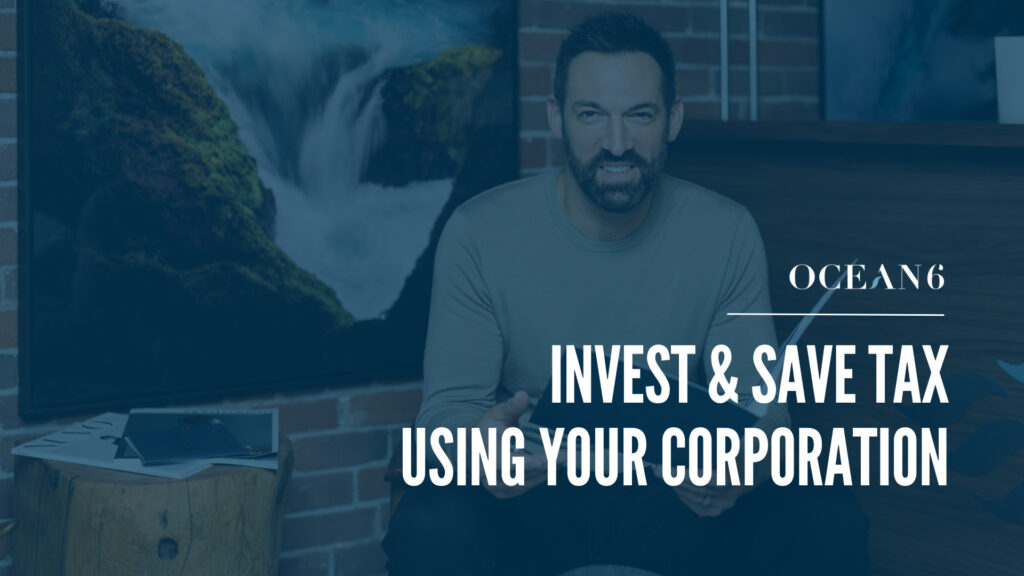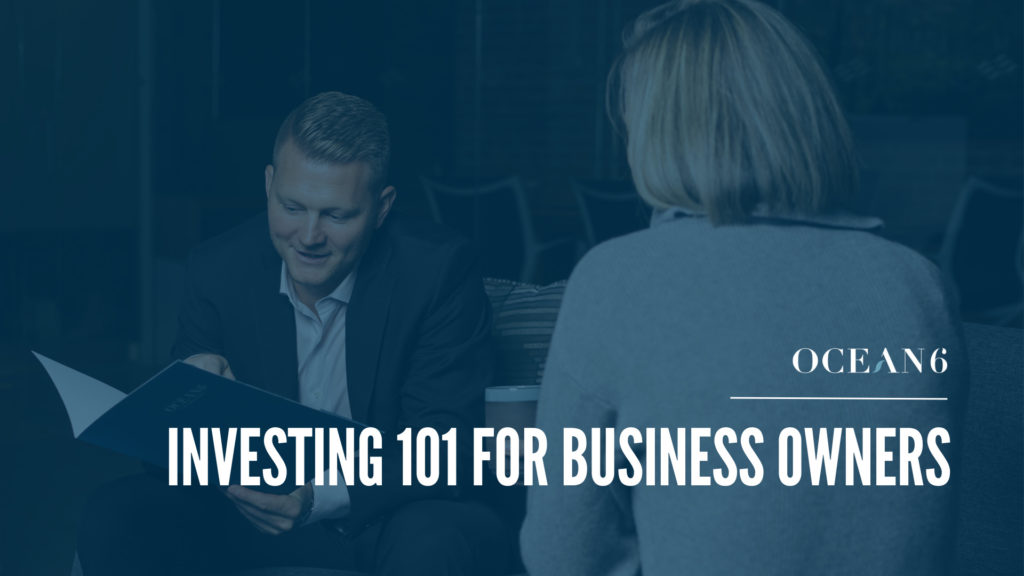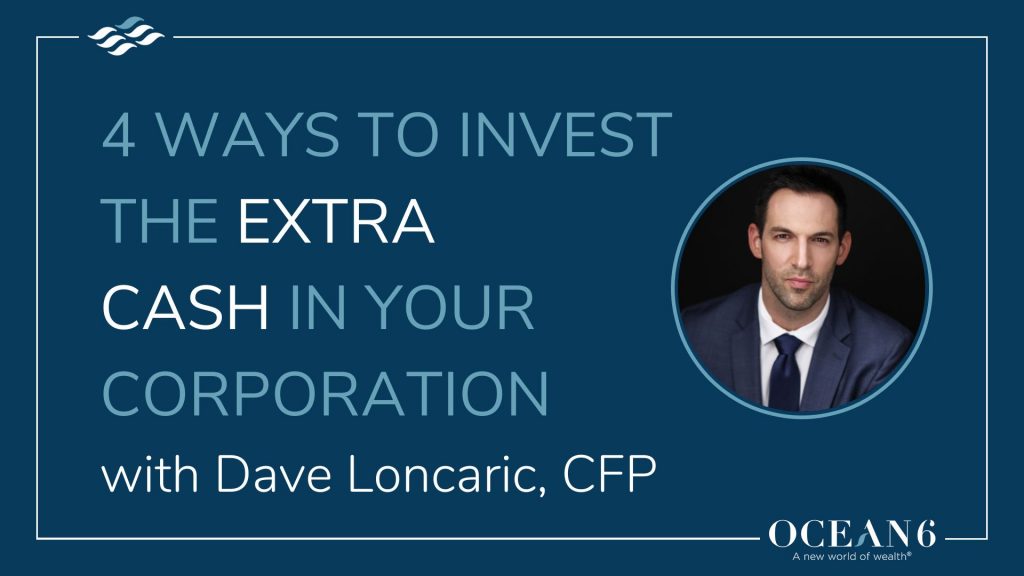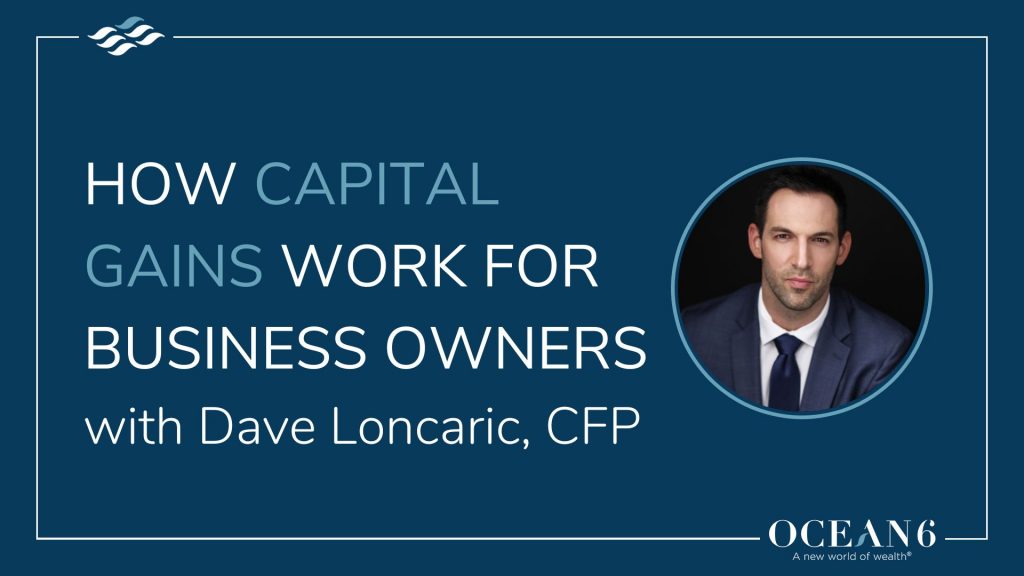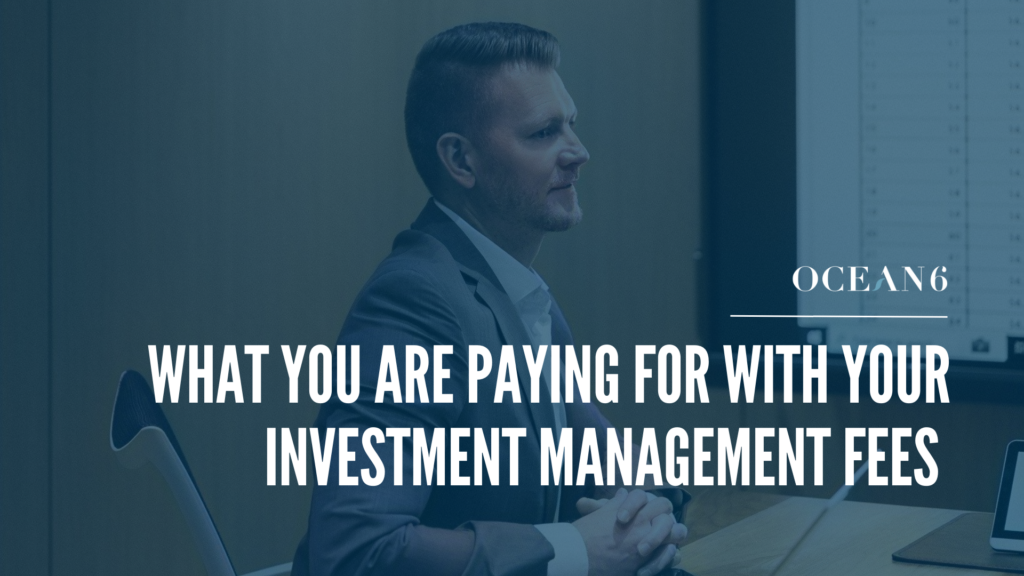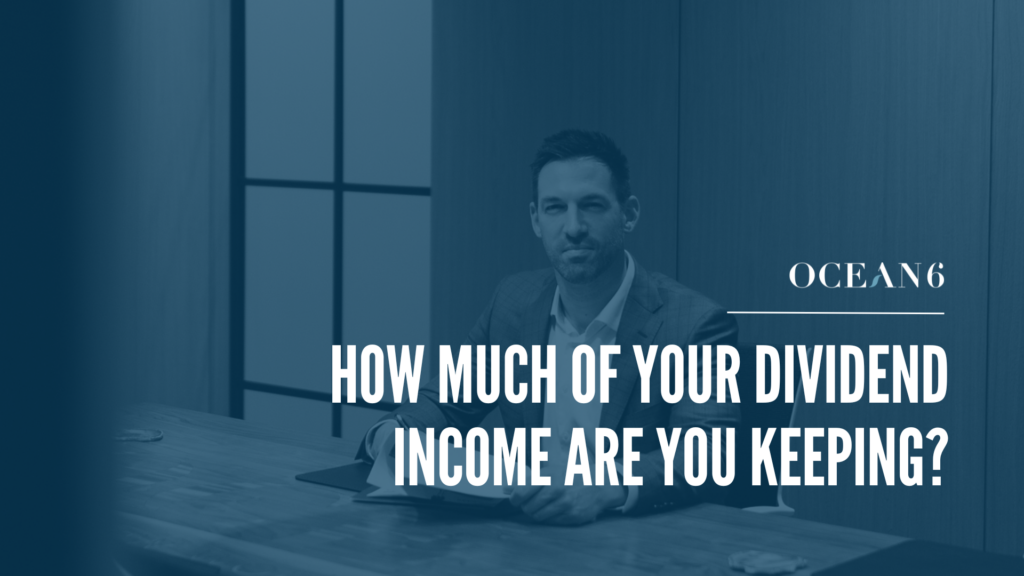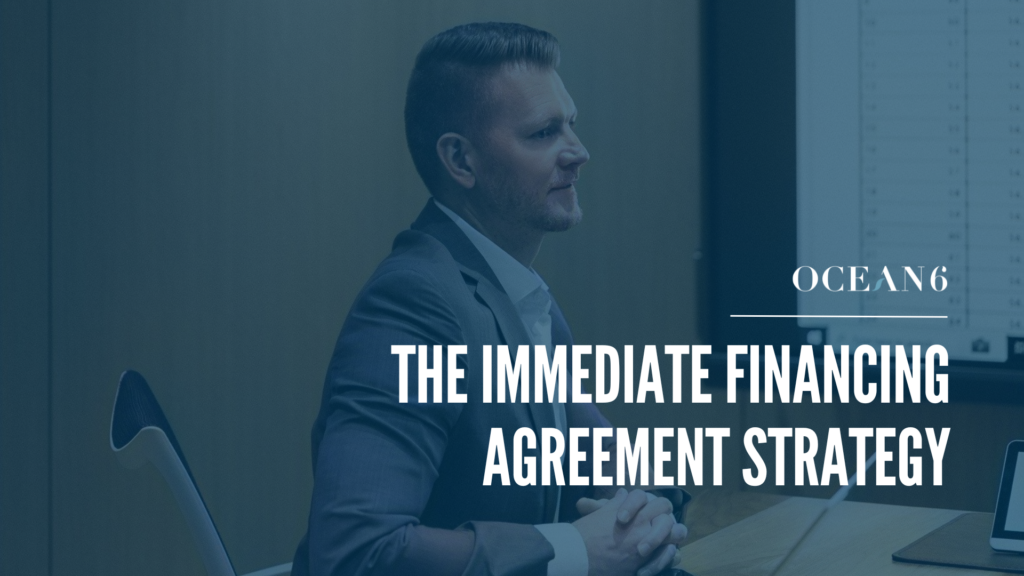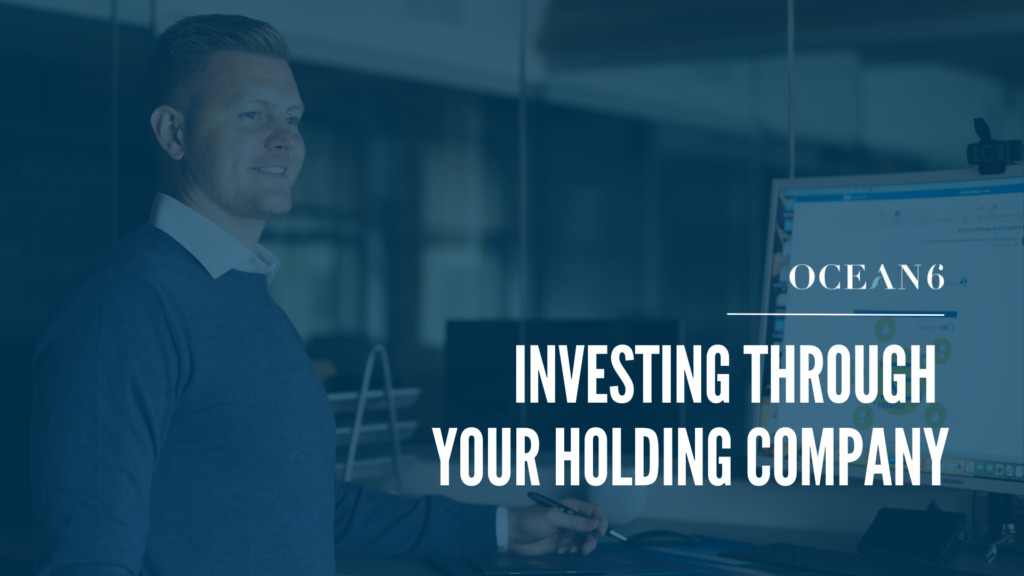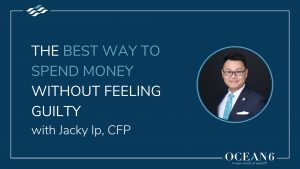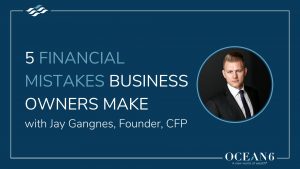Most successful business owners we work with want to have an investment property in their portfolio, especially when Canada’s real estate market is so hot right now.
But without a strategy to maximize your investment property, your investment might not be set up most efficiently for success.
Is Your Investment Property a Secure Investment?
What is an investment property? An investment property is a real estate property you’ve purchased to generate rental income as the return on the investment.
So, real estate can be one of the most secure investments because of the passive income stream it can provide over the years.
But depending on how you’ve structured your investment property, you may not be maximizing your investment. In some cases, you may even lose out on them.
Let’s dive into the three ways to maximize the returns on your investment property as a business owner.
3 Ways to Maximize the Returns on Your Investment Property
1. Be objective with the rental income of the investment property
The first thing you want to focus on with your investment property is the capitalization rate (also known as cap rate).
To find the cap rate, you divide the property’s annual rental income by the property’s current market value. It predicts the expected return rate from an investment property.
It’s important to calculate the cap rate using the property’s current market value because you want to know if you are properly compensated for your dollars today, not the price you paid for it.
Being objective with the cap rate prevents you from setting rental rates that lead to location or cost bias. Ask yourself the question, “Am I getting the maximum rent dollars per the thousands of dollars I have spent on the property?”
In 2021, there was a slow decline in the Downtown Vancouver cap rates. What was once 3-4% has now fallen to rates closer to 2%. One of the biggest driving forces is property prices are going up, but rental prices stay flat or at a slower increase.
For example, a property worth around $700,000 in downtown Vancouver is being rented out for only $1200/month after expenses, making it 2% of the property value. It’s not a good return when other parts of BC and Canada can yield closer to a 5-6% cap rate.
2. Convert your traditional mortgage into Lines of Credit
The second thing you should do is convert your traditional mortgage into Home Equity Lines of Credit (HELOCs).
A traditional mortgage requires you to pay a principal (the original money borrowed in a loan) and interest payment each month, whereas, with a HELOC, you only need to pay the interest.
The reason you want to pay interest only is because of income taxes.
When you are paying down the principal of your investment property, you are lowering your interest expenses. This means you lose out on using your interest expenses as tax-deducting opportunities. You’re creating more income taxes for yourself as a business owner.
Think of it this way…
You pay the principal with a traditional mortgage, but the principal amount is taxable income. It is income you’ve earned and paid taxes for, but you don’t get to enjoy it. The money is trapped in your property until you sell it.
But if you have a HELOC and only need to pay interest, you can reallocate what you would’ve spent on the principal of your investment property towards your primary home mortgage because your primary home mortgage is not tax-deductible.
It’s best to pay down the interest on your primary home first because you don’t want to hold off paying interest on a home you are not getting tax-deductible benefits on.
If you don’t have a primary home mortgage, you can consider investing the money instead.
At Ocean 6, we advise you always to pay off the debt from your investment property LAST since you can enjoy tax deductions.
(Do you have a mortgage? Find out how you can reduce interest on your mortgage as a business owner.)
3. Purchase your investment property inside your holding corporation
Lastly, if you’re a business owner purchasing the property in your personal name instead of your holding corporation, you’re missing out on buying a bigger property because you paid so much income tax.
(Take a look at these other ways you can grow an investment portfolio inside your corporation.)
If you need to take $200,000 out of your corporation for a down payment to buy property in your personal name, you must first pay income taxes of about $133,000. Whereas if you purchased the property inside your holding company, you would have $333,000 to invest with and buy another property or a bigger property.
Taxes can be a silent killer that lowers your investable capital. Once you’ve paid your taxes, it’s impossible to get that back from the CRA.
You will have more capital to invest by purchasing the property inside your holding company. If or when you sell, you will also create CDA credits for you to take out as tax-free income from your holding corporation.
(Want to know more about the CDA credits in your Capital Dividend Account? Check out this post.)
Tired of your traditional mortgage?
When working with clients who have investment properties with a traditional mortgage, we immediately know their setup is inefficient.
In the first meeting of our Blueprint, we deep dive into your debt situation. If you still have a traditional mortgage, we’ll look at restructuring your debt to free up cash to put towards your biggest goals and the things you love.
If you want to discuss maximizing the returns on your investment property, book a call today. We’d love to help.
